Ege Kökel's de-extinction project imagines a world with dodos as pets
University of Applied Arts Vienna graduate Ege Kökel has envisioned what life would be like if bio-technologies were used to bring back dodos, as a comment on the impact of de-extinction research.
Called Dodo in the Room, the project comprises an origami-like model of a dodo, a dodo muzzle, a "catalogue" of the dodos on offer as pets and three dodo eggs.
It imagines a hypothetical scenario when dodos have been brought back to life using bio-technologies.
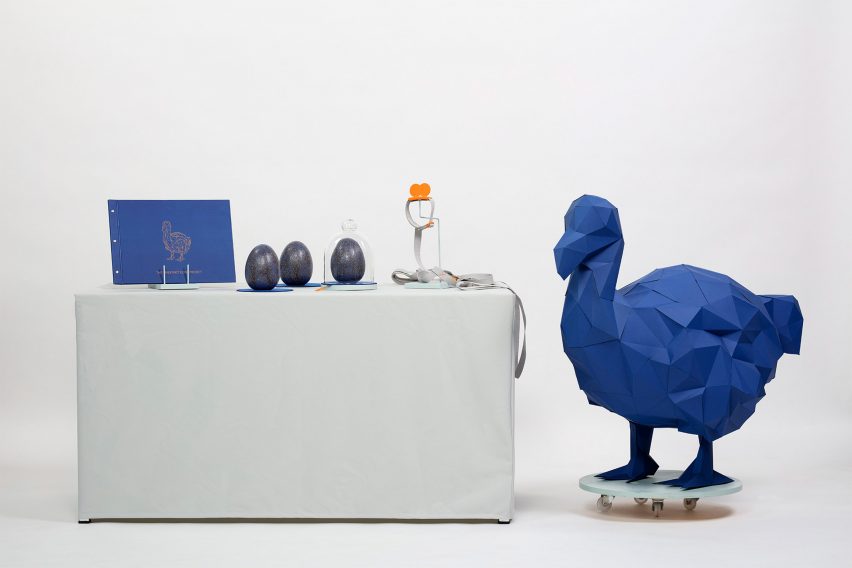
As Kökel told Dezeen, the first time she came across the topic she was both extremely impressed by the science and also confused, left with many questions about the ethics, legality, objectives and "unintended consequences" of the idea.
She therefore decided to explore it further and solve the unanswered questions she had on the topic, which led to her Dodo in the Room project.
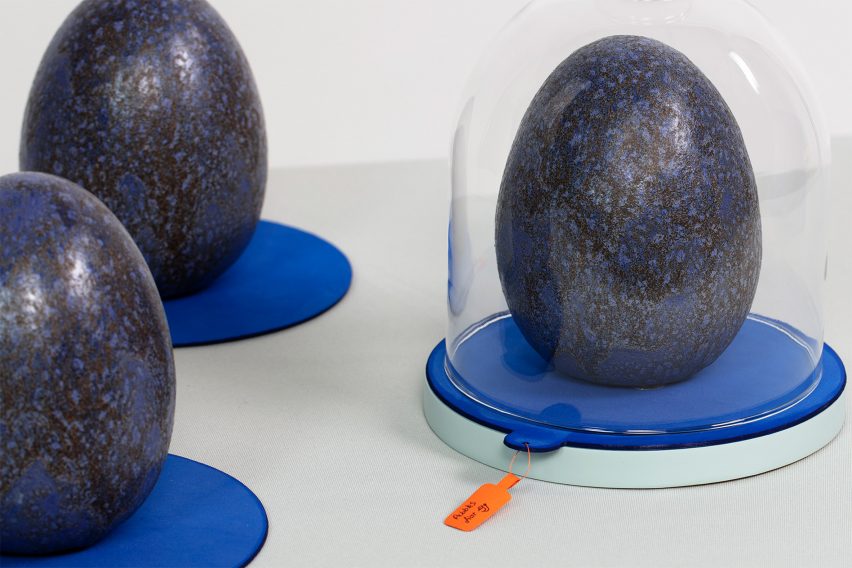
"The use of new bio-technologies to bring back extinct species has been, and still is, a widely discussed topic," said Kökel. "While science fiction has already over-worked this fantasy, it has become more than just fiction."
"Researchers are making more and more progress, especially in the first steps of de-extinction," she continued. "However the steps after bringing back the extinct species are less explored, but equally important."
"Captive breeding and return to the wild are ideals of de-extinction but are there other possibilities which we have to consider, avoid or cherish?" she continued.
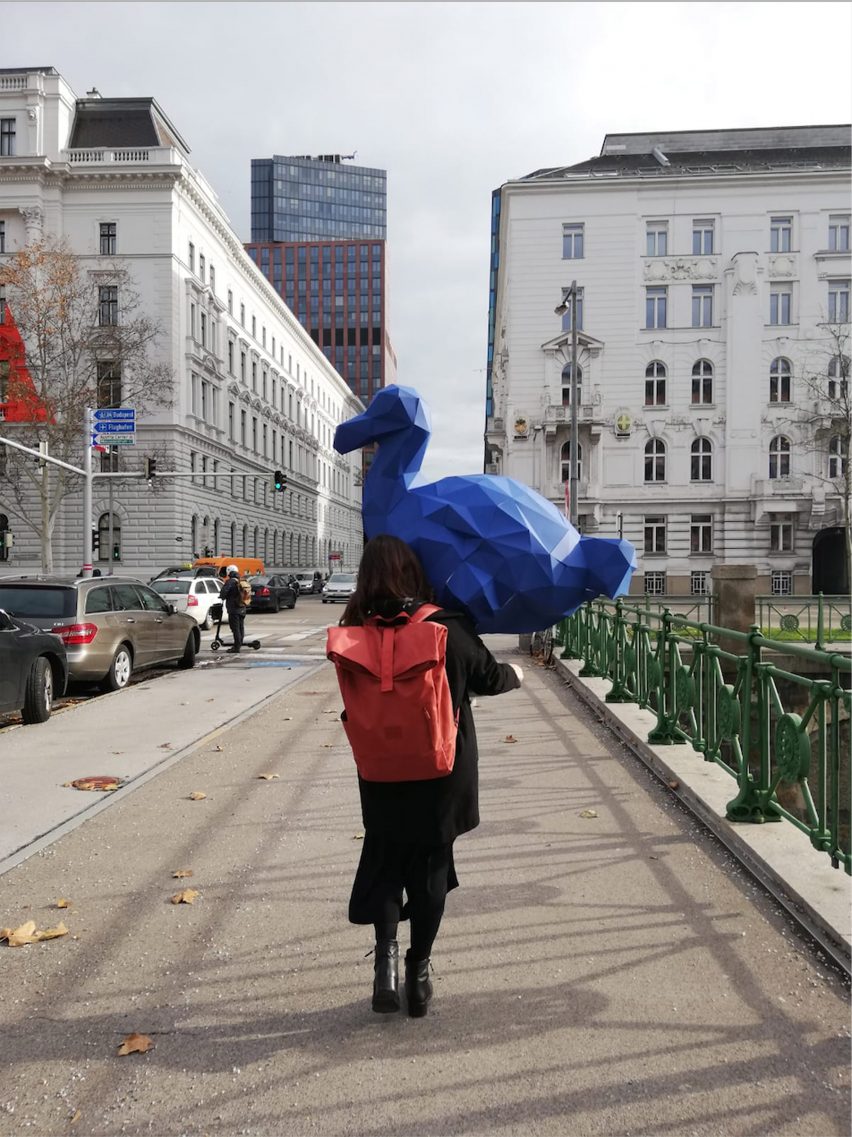
The project also features a fictional interview with the first Viennese Dodo owner and her companion dodo to show how we would co-live with the unextinct species if they were to be integrated into society.
Kökel hopes her project will make de-extinction "tangible" for people, as well as raising questions and sparking debate between both experts and non-experts on the topic.
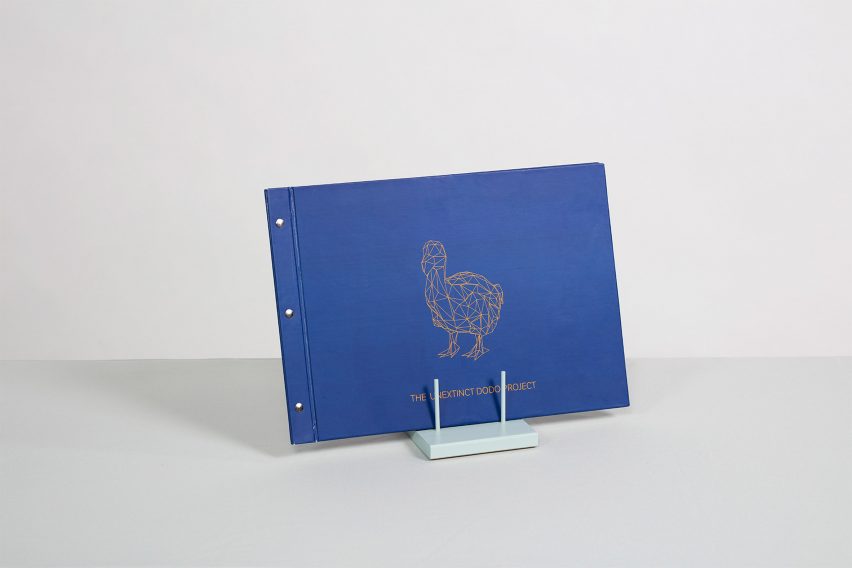
"De-extinction is one of the most popular topics in synthetic biology," said Kökel.
"It gets a good amount of attention from the media when there is a related scientific development, however most of the time the headlines feature extremely polarised voices – it is communicated either as a great problem solver or as a complete disaster."
The designer ultimately believes that the positive or negative impact of de-extinction is dependent on how the research and technology is used and developed.
"This is exactly the goal of my project – to read the lines between the promised utopias and dystopias of de-extinction and provoke discussions by making the ongoing science tangible with a collection of design means," she added.
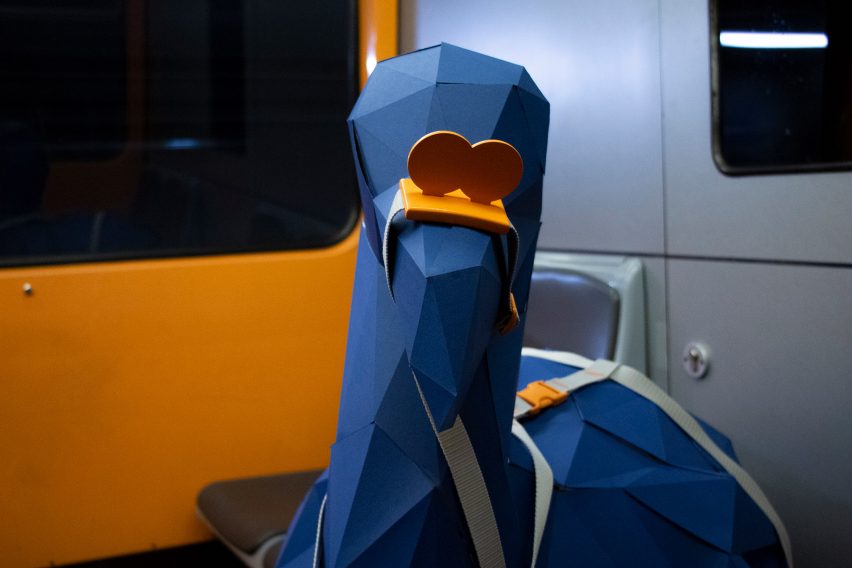
Kökel's Dodo in the Room project was showcased as part of this year's Global Grad Show, which took place during Dubai Design Week.
The project was created with the support of the University of Applied Arts Vienna's design investigations (ID2) program, headed by co-founder of Superflux studio, Anab Jain.
Kökel's work explores the same topic as that of British artist Alexandra Daisy Ginsberg, who has shone a light on the potential implications of de-extinction.
Ginsberg's Resurrecting the Sublime project, as part of her Better Nature exhibition, saw her work with smell researchers to recreate what extinct flowers might have smelt like.